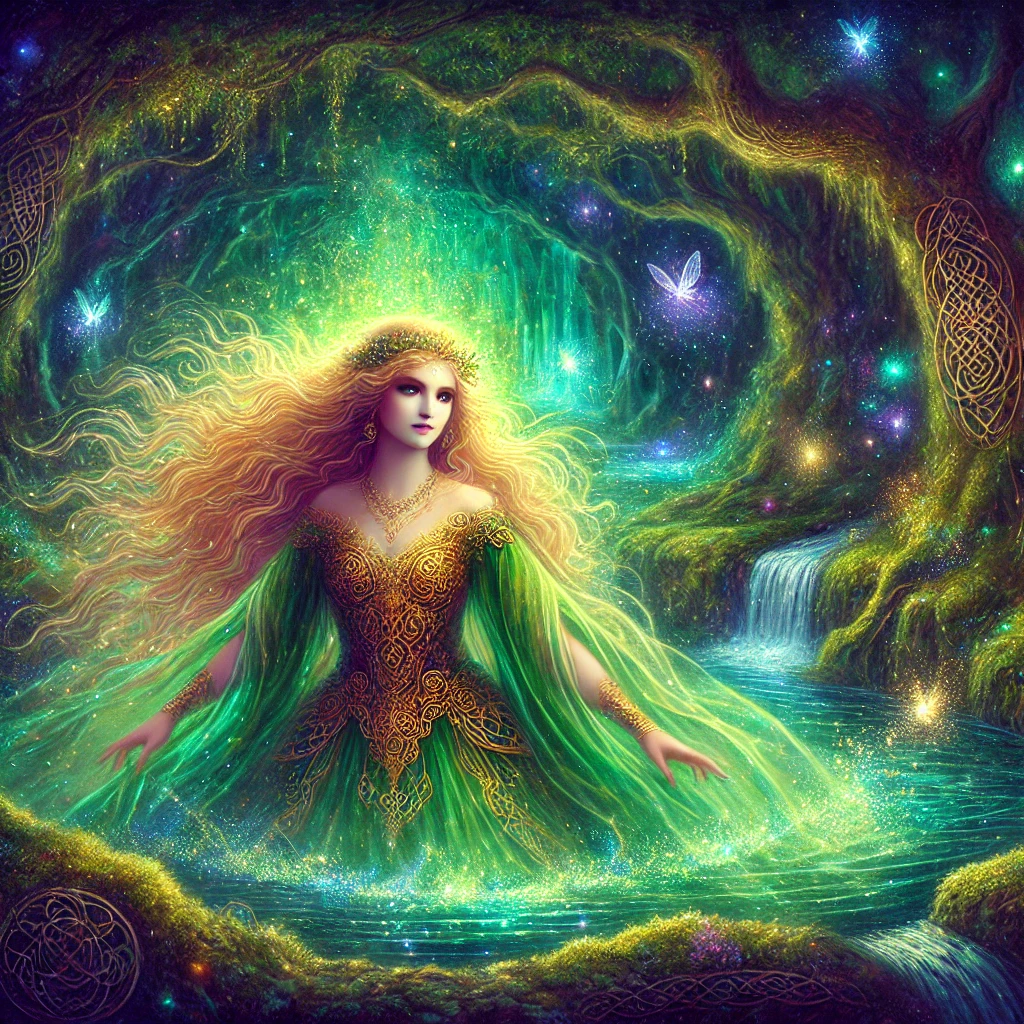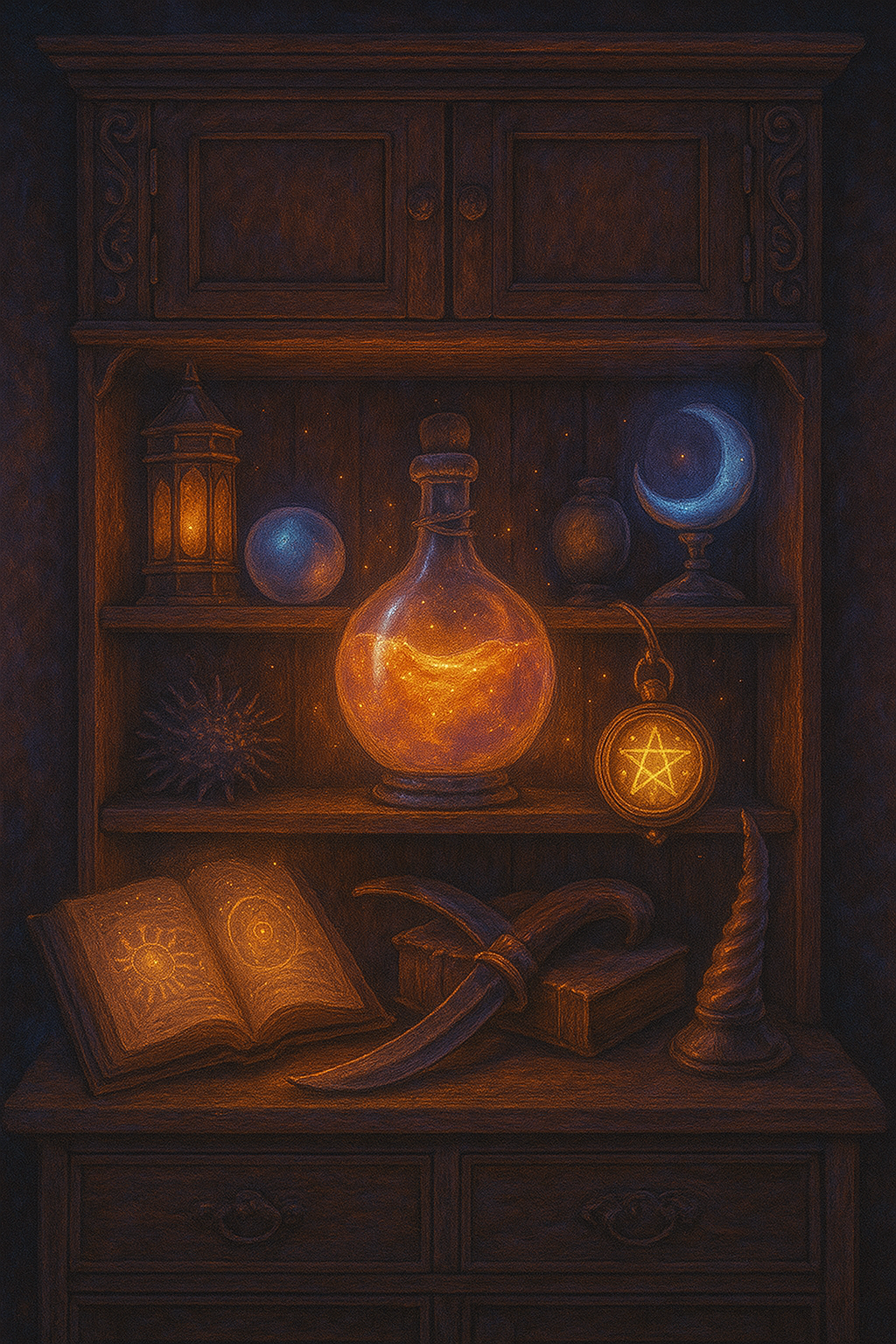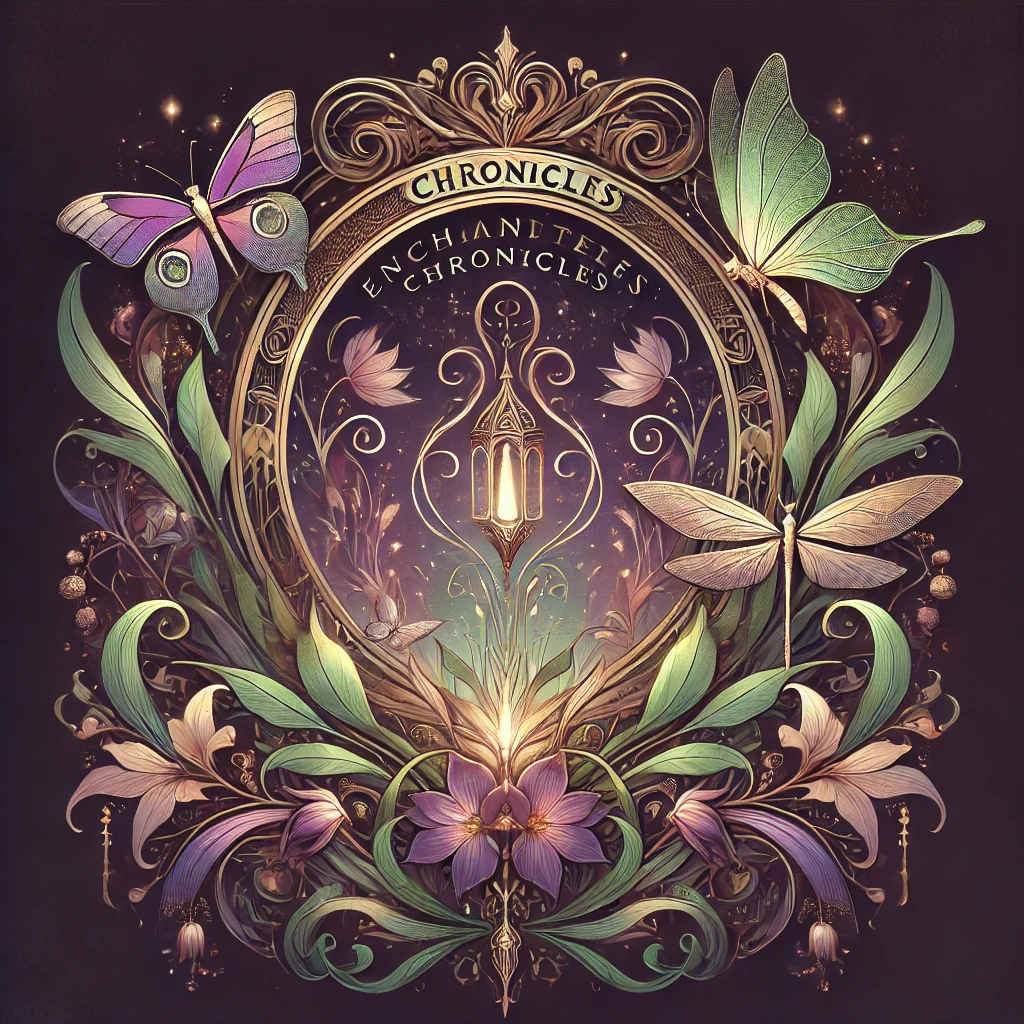A place of Myth and Mystery
Nestled in the lush landscapes of County Limerick, Ireland, lies the quaint village of Knockainy, a place steeped in myth and mystery. Central to its rich tapestry of folklore is the Fairy Well of Knockainy, a sacred site intertwined with tales of the goddess Áine, the Tuatha Dé Danann, and ancient midsummer rituals. This article delves into the legend of the Fairy Well, exploring its historical and social context, its evolution from oral tradition to written folklore, and its enduring significance in contemporary Irish culture.
The Legend of the Fairy Well
The Fairy Well of Knockainy is intimately connected with Áine, the Irish goddess of summer, wealth, and sovereignty.
Legend tells that on the eve of the summer solstice, Áine, the radiant goddess of the sun and fertility, rises from the depths of the well, bathed in a golden aura. Her appearance heralds abundance and prosperity, drawing the villagers together in celebration, where they sing, dance, and offer tributes in her honor. According to tradition, the well’s waters, imbued with Áine’s magic, possess miraculous properties: they heal ailments, grant wishes, and bless the land with bountiful harvests.
However, it is said that those who disrespect the sacred site or fail to honor Áine may face misfortune, as the fairy folk do not take kindly to those who ignore the old ways.
The well, is supposed to be located at the base of Knockainy Hill (also known as Cnoc Áine), it was believed to be a portal to the Otherworld, serving as a meeting point between mortals and the fairy realm.
Local folklore recounts that on midsummer’s eve, Áine would emerge from the well, blessing the land with abundance and ensuring bountiful harvests. Villagers would gather around the well, offering tributes and participating in rituals to honor the goddess and seek her favor for the coming season. The water from the well was considered sacred, believed to possess healing properties and the power to grant wishes.
Historical and Social Context
The reverence for the Fairy Well and Áine dates back to pre-Christian Ireland, a time when the Celts held a deep connection with nature and its deities. Áine’s association with the sun and fertility made her a central figure in pagan rituals, particularly those celebrating the summer solstice. The well and Knockainy Hill became focal points for these ceremonies, symbolizing the community’s dependence on the land and the divine forces governing it.
As Christianity spread across Ireland, many pagan practices were assimilated into Christian traditions. However, the veneration of Áine and the rituals at the Fairy Well persisted, reflecting the enduring nature of indigenous beliefs. The blending of pagan and Christian elements is evident in the continued celebration of midsummer festivals at Knockainy, where ancient customs were adapted to fit the new religious framework.
Evolution from Oral Tradition to Written Folklore
For centuries, the tales of the Fairy Well and Áine were preserved through oral storytelling, a hallmark of Irish cultural heritage. These narratives were passed down through generations, each storyteller adding their nuances, enriching the legend’s tapestry.
The transition from oral to written folklore began in the 19th century, as scholars and folklorists sought to document Ireland’s rich mythological traditions. The legend of the Fairy Well of Knockainy was thus immortalized in literature, allowing for broader dissemination and study.
Modern-Day Celebrations and Cultural Significance
Today, the legacy of the Fairy Well and Áine continues to thrive in Knockainy and beyond. The village hosts annual midsummer festivals, echoing the ancient rituals once performed at the well and on Knockainy Hill. These celebrations feature traditional music, dance, and storytelling, fostering a sense of community and cultural continuity.
Visitors to Knockainy can partake in guided tours that explore the area’s rich folklore, including visits to the Fairy Well and other archaeological sites associated with Áine. The well remains a place of pilgrimage for those seeking blessings, with many leaving tokens of appreciation, such as flowers and coins, as offerings to the goddess.
In addition to festivals and tours, local artisans craft handmade goods inspired by the legend, including jewelry, pottery, and textiles depicting Áine and scenes from the folklore. These items serve as tangible connections to the myth, allowing individuals to carry a piece of the story with them.
One last word
The Fairy Well of Knockainy stands as a testament to Ireland’s rich mythological heritage and the enduring power of its legends. From ancient pagan rituals to modern-day celebrations, the story of Áine and her sacred well continues to captivate and inspire. As we honor these traditions, we not only preserve the past but also enrich our cultural landscape, ensuring that the magic of the Fairy Well endures for generations to come.







